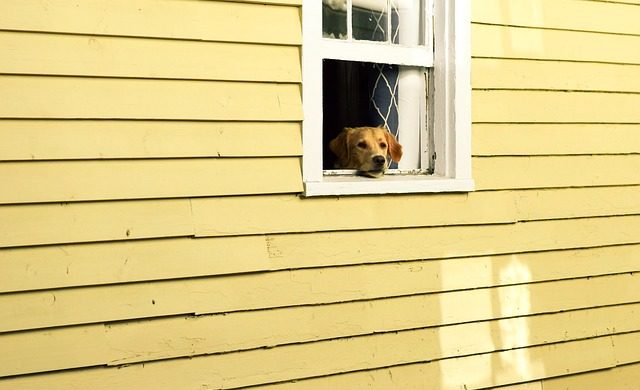An outbreak of canine influenza has struck its fourth state this year. The virus is known for causing a cough, runny nose, fever, lethargy, loss of appetite and eye discharge, according to the U.S. Centers for Disease Control and Prevention.
The dog flu swept through Kentucky, Florida and California before arriving in central Ohio where there are currently 87 confirmed cases.

While rarely deadly, canine flu is highly contagious, causing veterinarians, groomers, boarders, and shelter operators to fear an epidemic. Several boarding facilities have temporarily closed their doors over the past two weeks due to confirmed cases.
According to Dr. Edward Cooper, head of small-animal emergency and critical-care service at the Ohio State University Veterinary Medical Center, an outbreak like this does not last long and can best be contained by keeping dogs at home.

Canine flu is airborne and easily spread through coughs, sneezes and direct contact with an infected dog. It can also live on skin, clothing and other surfaces for hours, so it is possible to bring the virus home to your pet. Symptoms usually show up within a week of exposure.
Avoiding places where dogs congregate, such as dog parks, kennels – and even veterinary offices – is the best way to keep dogs from catching canine influenza. Since the illness typically runs its course in two to three weeks, veterinarians recommend caring for your pup at home unless he or she begins to exhibit severe symptoms.

Young puppies and older dogs with compromised immune systems are the exception, as they may be more susceptible to developing severe symptoms and secondary infections.
While 87 cases have been confirmed in Ohio, there are likely several more that have gone unreported to the CDC since the disease is not currently tracked by any health agency. Local shelters and businesses are taking additional precautions by closely monitoring the dogs in their care, deep-cleaning their floors, and disinfecting bowls and surfaces.

Some have even changed their protocols to require the canine flu vaccination for their pooch patrons. The vaccine consists of two shots administered a month apart. Like the human flu vaccine, it does not provide full immunity, but it may reduce symptoms or the likelihood of the dog transmitting the virus.
The Blade newspaper reports that the central Ohio canine flu outbreak has spread to Toledo and is stretching into southern Michigan.
H/T to The Columbus Dispatch

